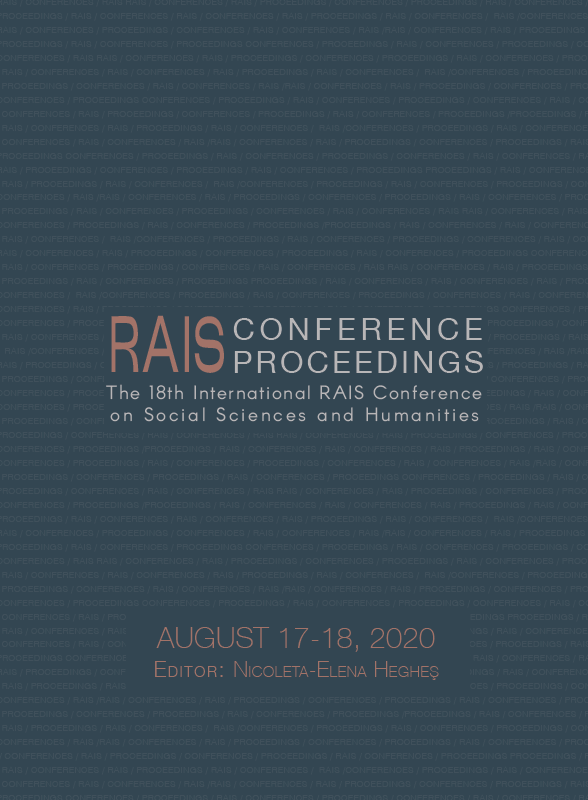“Switching to SIDE Mode”- COVID-19 and the Adaptation of Computer Mediated Communication Learning in Kenya
“Switching to SIDE Mode”- COVID-19 and the Adaptation of Computer Mediated Communication Learning in Kenya
Author(s): Lydia Ouma Radoli
Subject(s): Media studies, Higher Education , ICT Information and Communications Technologies
Published by: Scientia Moralitas Research Institute
Keywords: Computer Mediated Communication; COVID-19 Learning Adaptations;
Summary/Abstract: The global onset of the novel Coronavirus in December 2019, and rising infections early 2020 forced institutions of higher education to quickly shift to virtual learning. In Kenya, Computer Mediated Communication (CMC) - a real time interaction of humans through computer devices became a quick and necessary mode to facilitate continuous learning. CMC replaced face-to-face classroom interactions, exhibiting challenges and creative opportunities. Through qualitative research methods, I draw teaching and learning experiences of CMC from two private Kenyan Universities (Daystar and St. Paul's). This paper argues that the social identity model of de-individuation or SIDE mode (Spears and Reicher 1995), enhances effective computer mediated interactions. Findings show that in COVID-19 scenarios, tutors were forced to deal with an emotionally charged group of online students. Some students lacked stable Internet, or their parents were struggling financially and unable to sustain the technological needs. There were students who experienced stress related anxieties. These psycho-social contexts provide a plausible scenario to probe the social identity model of de-individuation effects (SIDE mode). The model is widely used in social-psychology to explain apparent breakdown of normative behavior among groups. In this case, the COVID-19 scenario pushed learners and tutors to adapt and deal with effects of CMC, at the same time manage learning anxieties. In this paper, I argue that in using CMC, tutors adapt less formal approaches that include adjusting to informal non-structured communication.
Book: Proceedings of the 18th International RAIS Conference on Social Sciences and Humanities
- Page Range: 94-103
- Page Count: 10
- Publication Year: 2020
- Language: English
- Content File-PDF

